-
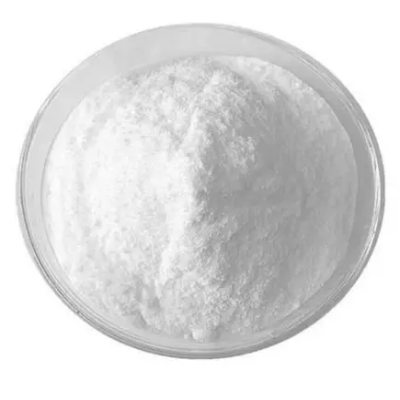
4-chlorobutytonitrile CAS:628-20-6
4-Chlorobutyronitrile is a chemical compound with diverse industrial applications. It is commonly used as an intermediate in the synthesis of pharmaceuticals, agrochemicals, and other fine chemicals. This compound plays a crucial role in various organic reactions and is valued for its contribution to the production of different chemical substances.
-

ortho-n-ValericAcidTriethylEs CAS:919-29-9
ortho-n-Valeric Acid Triethyl Ester is an organic compound derived from ortho-n-valeric acid and triethyl ester. It is utilized as a reagent and intermediate in organic synthesis processes due to its chemical properties and functional group compatibility. This compound plays a crucial role in the production of various chemicals and pharmaceutical intermediates.
-

Chloromethyl)dimethylchlorosilane CAS:1719-57-9
Chloromethyl)dimethylchlorosilane, with the chemical formula C3H9Cl2Si, is a versatile organosilicon compound. It is part of the chlorosilane family and is characterized by its reactivity and functional group compatibility. This compound is widely employed in various chemical transformations and as a precursor for the synthesis of organosilicon polymers and other silicon-based materials due to its unique chemical properties.
-

L-2-Aminobutyricacid CAS:1492-24-6
L-2-Aminobutyric acid is a naturally occurring amino acid with the molecular formula C4H9NO2. It belongs to the family of proteinogenic amino acids and is an essential component in various biological processes. This compound is commonly found in proteins and peptides, contributing to their structural and functional properties. L-2-Aminobutyric acid also plays a role in neurotransmission and metabolic pathways within the human body.
-
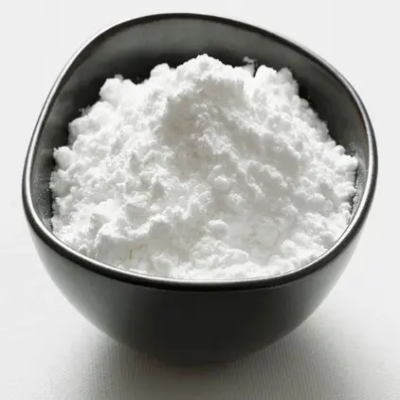
N,N’-Disuccinimidylcarbonate CAS:74124-79-1
N,N’-Disuccinimidylcarbonate is a chemical compound belonging to the class of carbonates. It is widely utilized as a crosslinking agent and coupling reagent in bioconjugation and peptide chemistry. This compound is valued for its ability to efficiently modify biomolecules and surfaces, making it a vital tool in the development of advanced materials and biomedical research applications.
-
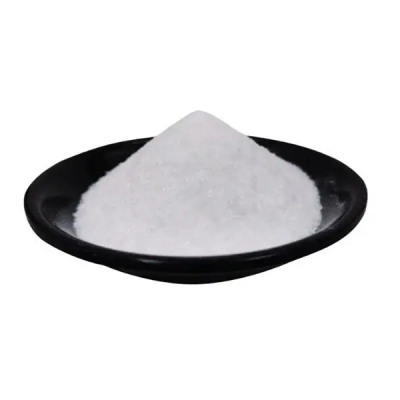
4-chloro-1-butanol CAS:928-51-8
4-Chloro-1-butanol is an organic compound with a molecular structure containing a chloro group and a hydroxyl group. It is commonly employed as a versatile building block in organic synthesis due to its reactivity and functional group compatibility. This compound is utilized in the preparation of various fine chemicals and pharmaceutical intermediates, making it an essential component in chemical manufacturing processes.
-
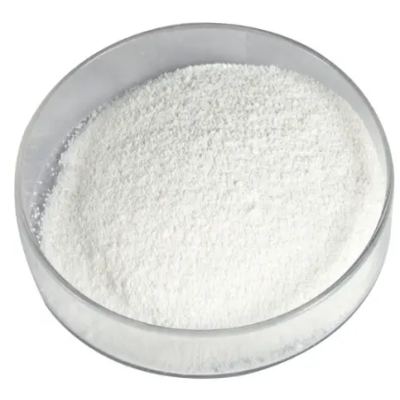
tert-Butyldiphenylchlorosilane CAS:58479-61-1
tert-Butyldiphenylchlorosilane is a chemical compound that belongs to the class of organosilicon compounds. It is commonly used as a reagent in various organic synthesis reactions due to its unique properties and reactivity. tert-Butyldiphenylchlorosilane plays a crucial role in the preparation of silicon-containing polymers and materials.
-
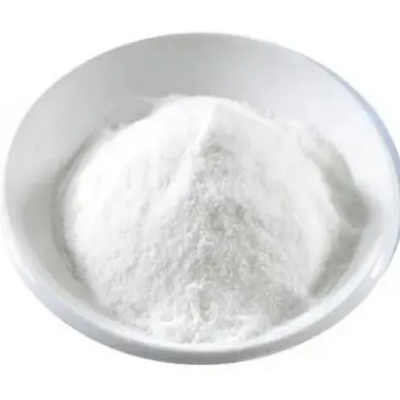
2-Bromopropionylchloride CAS:7148-74-5
2-Bromopropionyl chloride, with the chemical formula C3H4BrClO, is an organic compound containing a bromine atom and an acyl chloride functional group. This compound exhibits unique reactivity and structural properties, making it a valuable intermediate in various chemical transformations and synthetic pathways. Known for its potential as a versatile building block, 2-Bromopropionyl chloride serves as a key precursor in the preparation of diverse compounds with specific functionalities and applications in organic chemistry.
-
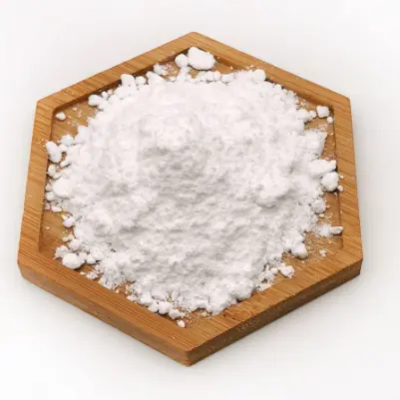
2,3-DibromopropionicAcidEthylEster CAS:3674-13-3
2,3-Dibromopropionic acid ethyl ester is a chemical compound used in various industrial and research applications. It is commonly utilized as a reagent in organic synthesis and can be found in the production of pharmaceuticals, agrochemicals, and other fine chemicals. This compound is known for its role in certain chemical reactions and is an important building block in the creation of diverse organic compounds.
-
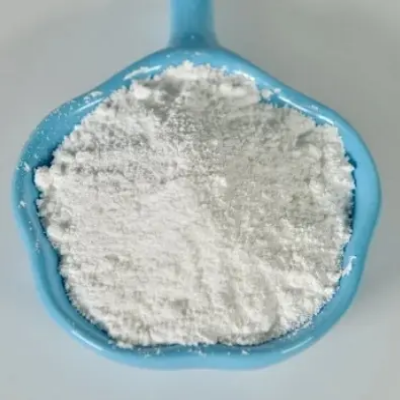
1,1,1-Trimethoxy-2-methylpropane CAS:52698-46-1
1,1,1-Trimethoxy-2-methylpropane is an organic compound known for its unique chemical structure containing three methoxy groups and a methyl group. It is commonly used as a solvent and reagent in various organic synthesis processes due to its non-reactive nature and solubilizing properties. This compound finds application in specialized chemical reactions and formulation of certain products.
-
![1-(Dimethylamino)-3-[2-[2-(3-methoxyphenyl)ethyl]phenoxy]-2-propanolhydrochloride CAS:135261-74-4](https://cdn.globalso.com/xindaobiotech/14Z4YR3PJ6@V5_YM155.png)
1-(Dimethylamino)-3-[2-[2-(3-methoxyphenyl)ethyl]phenoxy]-2-propanolhydrochloride CAS:135261-74-4
1-(Dimethylamino)-3-[2-[2-(3-methoxyphenyl)ethyl]phenoxy]-2-propanolhydrochloride is a complex organic compound with the molecular formula C22H30NO3Cl. This compound comprises multiple functional groups, including a tertiary amine, phenol, and hydrochloride moiety. It possesses intricate structural features, making it suitable for various chemical applications and pharmaceutical formulations. The compound’s composition indicates its potential role in diverse chemical reactions and biological interactions.
-
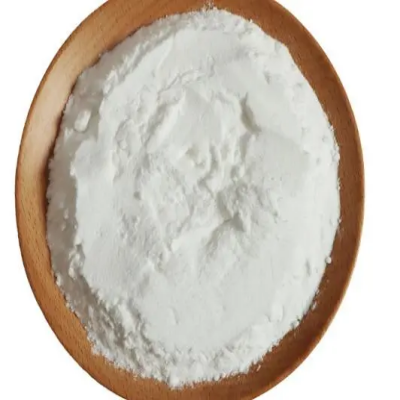
3-MethoxybenzylAlcohol CAS:6971-51-3
3-Methoxybenzyl alcohol, with the chemical formula C8H10O2, is an aromatic compound containing a methoxy group and a hydroxyl group attached to a benzene ring. This chemical exhibits distinct aromatic and alcohol properties, making it useful in various chemical reactions and organic synthesis processes. It is known for its role as a versatile building block and intermediate in the preparation of diverse organic compounds.

